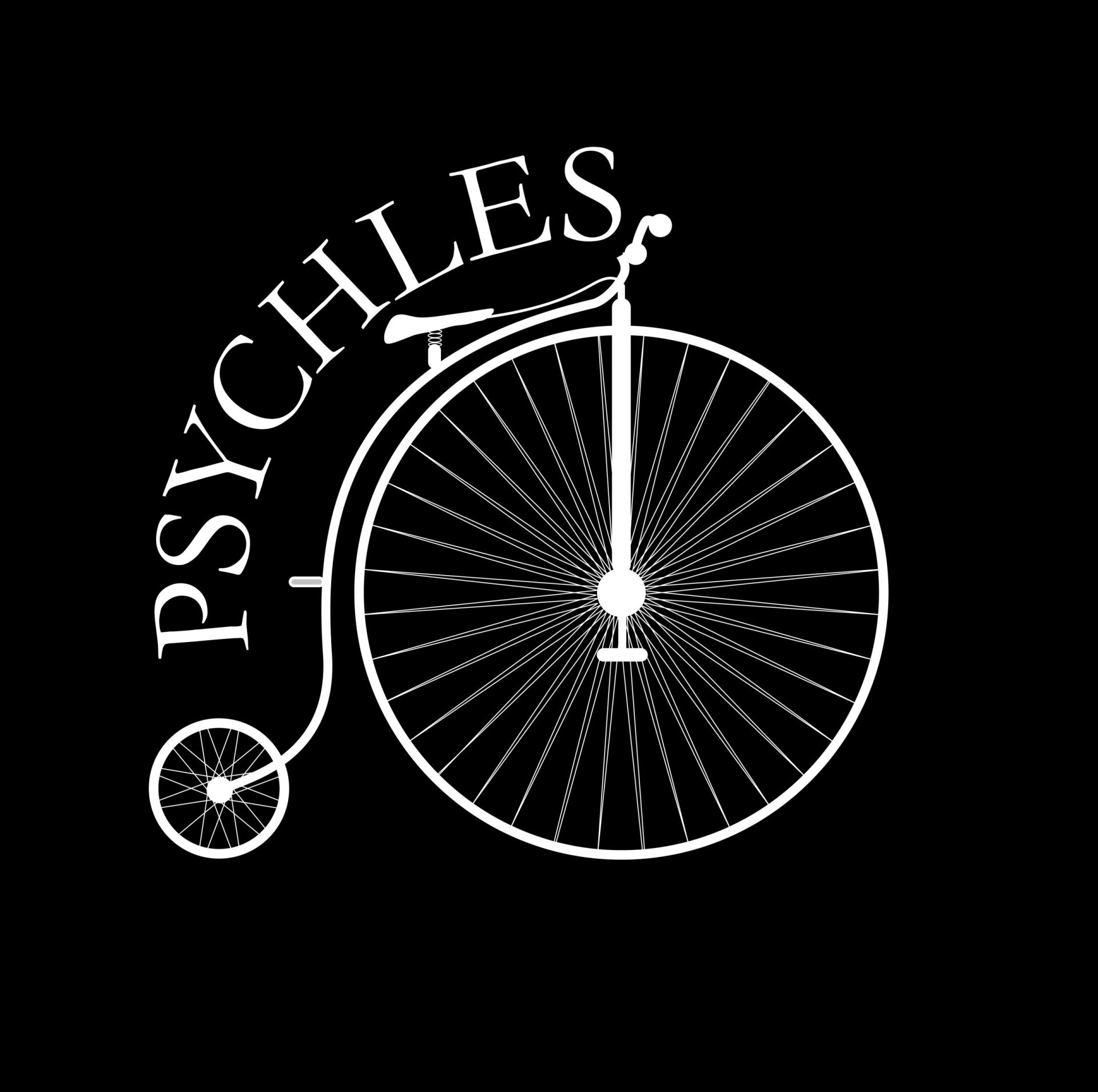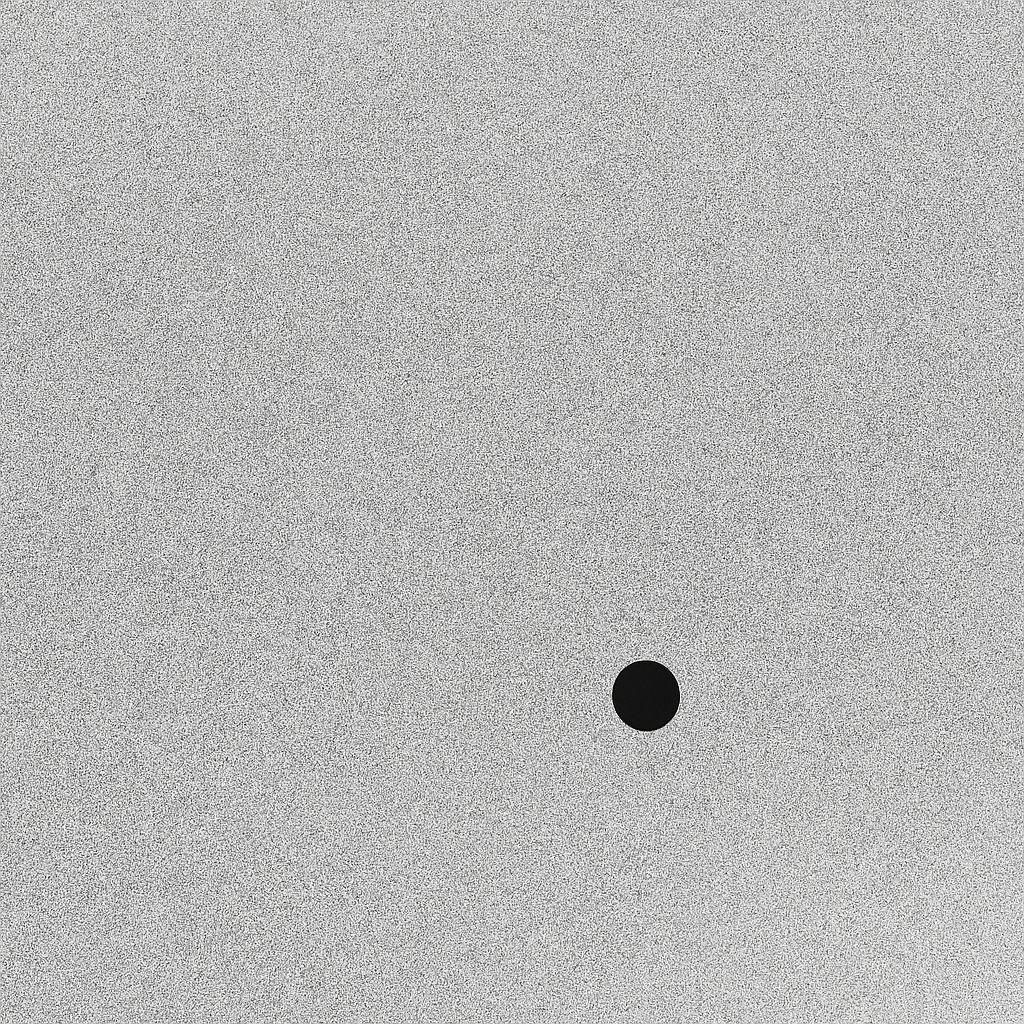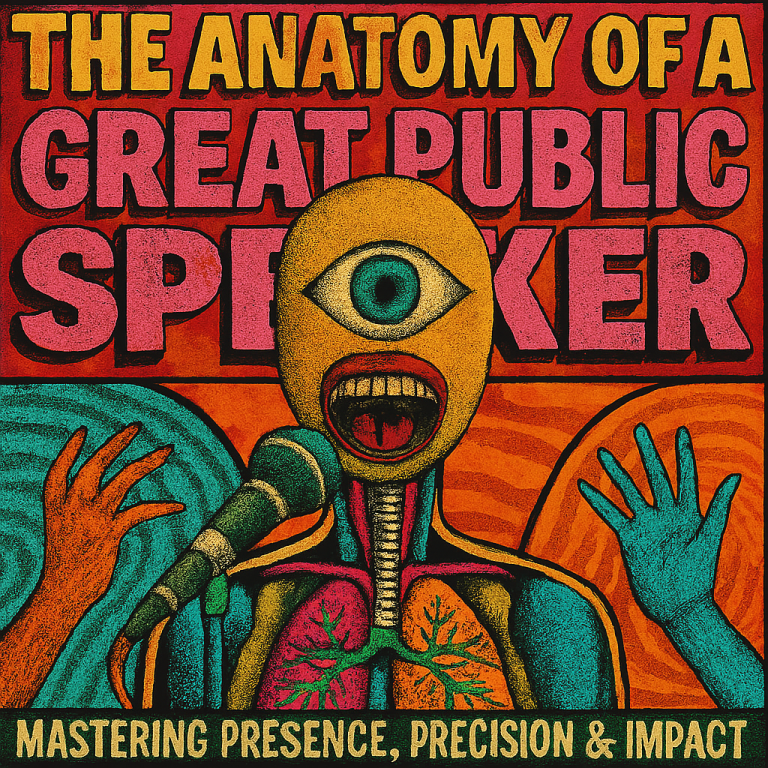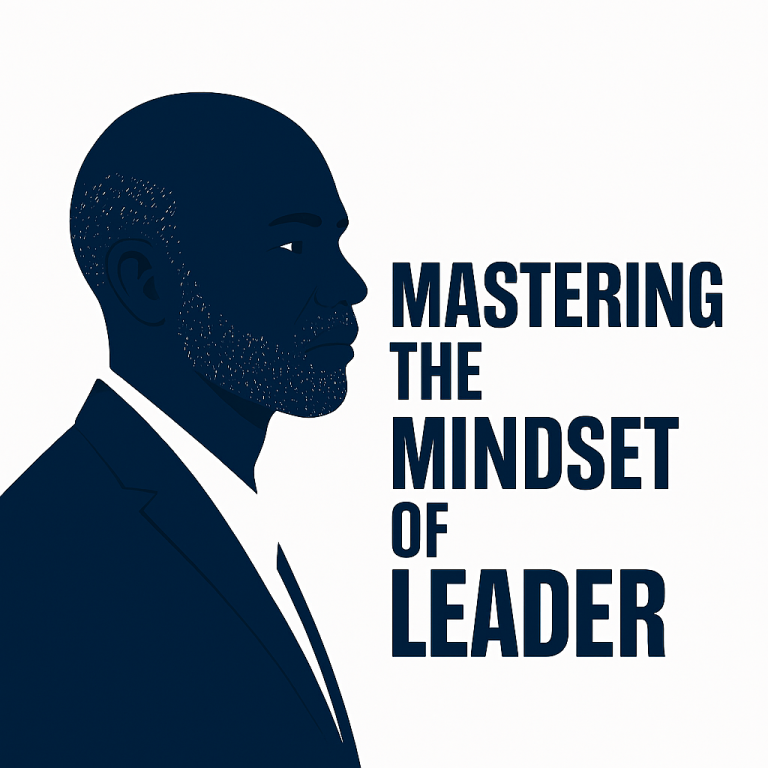The Silent Weight of Loneliness – The Uncaring Absence Of 1
The Silent Weight of Loneliness – How Disconnection Reshapes the Human Body and Mind
Introduction
Loneliness is not simply the absence of company—it is a biologically encoded signal of disconnection, a warning system as ancient and urgent as hunger or pain. When sustained, it becomes a chronic stressor that reshapes the architecture of the brain, the rhythm of the heart, and the integrity of the immune system. Unlike solitude, which can be restorative, loneliness is involuntary and corrosive.
It distorts perception, amplifies threat, and rewires the body toward hypervigilance. The effects are not metaphorical—they are measurable in cortisol levels, inflammatory markers, sleep cycles, and neural activity. Loneliness is not weakness—it is a signal. And like any signal, it deserves to be decoded with precision and care.
Understanding the Biological Toll – Loneliness as a Chronic Stressor
Loneliness activates the hypothalamic-pituitary-adrenal axis, triggering sustained cortisol release. This stress hormone prepares the body for threat—but in chronic isolation, the threat never resolves. Elevated cortisol disrupts sleep, impairs memory, and suppresses immune function. It also alters glucose metabolism, increasing the risk of insulin resistance and type 2 diabetes. Brain imaging shows that lonely individuals have heightened activity in the amygdala and reduced connectivity in the prefrontal cortex.
This pattern reflects increased emotional reactivity and diminished executive control. Over time, the stress response becomes maladaptive—fueling anxiety, fatigue, and systemic inflammation. Cortisol also affects hippocampal volume, which is linked to memory and spatial navigation. The body interprets social isolation as a survival threat, and the response is biologically encoded. Loneliness is not a mood—it is a full-body alarm.

Mapping the Emotional Landscape – How Isolation Alters Perception and Behavior
Loneliness distorts emotional processing, biasing perception toward rejection and threat. Neurotransmitter levels shift—serotonin and dopamine decline, reducing emotional stability and reward sensitivity. This leads to anhedonia, the inability to feel pleasure, and increases vulnerability to depression. Social cues are misinterpreted—neutral expressions may seem hostile, and benign interactions feel unsafe. The brain’s default mode network becomes overactive, fueling rumination and self-focus. Empathy and emotional recognition decline, impairing interpersonal connection. Theory of mind—the ability to infer others’ thoughts and feelings—weakens under chronic isolation. This creates a feedback loop: loneliness impairs social cognition, which deepens isolation. Emotional resilience erodes, and the capacity for joy diminishes. Loneliness reshapes not just how we feel, but how we interpret the world.
Cortisol Overload and Chronic Stress
Cortisol is essential for short-term survival, but toxic when chronically elevated. In lonely individuals, cortisol levels remain high throughout the day, especially in the morning. This disrupts circadian rhythms and impairs the body’s ability to recover from stress. High cortisol suppresses lymphocyte production, weakening immune defense. It also promotes visceral fat accumulation, increasing cardiovascular risk. Cortisol affects synaptic plasticity, reducing the brain’s ability to adapt and learn.
Sleep quality declines, and mood regulation becomes unstable. The body remains in a state of sympathetic activation—heart rate increases, digestion slows, and muscle tension rises. Over time, this leads to fatigue, irritability, and burnout. Cortisol is not just a stress marker—it is a sculptor of disease. Loneliness keeps the sculptor working overtime.

Inflammation and Immune Dysregulation
Loneliness alters gene expression in leukocytes, increasing pro-inflammatory cytokines like IL-6 and TNF-alpha. These molecules promote systemic inflammation, which is linked to cardiovascular disease, diabetes, and neurodegeneration. Inflammatory markers are elevated even in young adults who report high loneliness. Chronic inflammation impairs tissue repair and increases oxidative stress. It also affects mood—cytokines can cross the blood-brain barrier and influence neurotransmitter synthesis. The immune system becomes hyperactive but inefficient, increasing susceptibility to infections. Autoimmune risk may rise, as the body misidentifies its own cells as threats. Vaccination response is weaker in lonely individuals, reflecting impaired immune memory. Inflammation is not just a symptom—it is a mechanism. Loneliness turns the immune system against itself.
Cardiovascular Strain and Blood Pressure
Social isolation activates the sympathetic nervous system, increasing heart rate and vascular resistance. Resting blood pressure rises, and arterial stiffness develops over time. These changes elevate the risk of hypertension, stroke, and myocardial infarction. Sleep disturbances common in lonely individuals further exacerbate cardiovascular strain. Lack of social support reduces adherence to medication and healthy routines. Recovery from cardiac procedures is slower in socially isolated patients. Heart rate variability—a marker of autonomic flexibility—declines, indicating reduced resilience. The heart becomes less responsive to parasympathetic calming signals. Emotional stress translates into physical strain, and the vascular system bears the burden. Loneliness is not just felt—it is pumped through the arteries.

Sleep Fragmentation and Circadian Disruption
Loneliness disrupts sleep architecture, leading to reduced slow-wave and REM sleep. These stages are critical for memory consolidation, emotional regulation, and immune function. Elevated cortisol and adrenaline prevent deep sleep cycles, increasing nighttime awakenings. Sleep latency—the time it takes to fall asleep—lengthens, and sleep efficiency declines. Circadian rhythms become misaligned, affecting hormone release and body temperature regulation. Melatonin production may be suppressed, further impairing sleep onset. Poor sleep increases risk for depression, obesity, and cognitive decline. The brain’s glymphatic system, which clears metabolic waste during sleep, functions less effectively. Sleep deprivation amplifies emotional reactivity and reduces impulse control. Loneliness turns rest into unrest.
Cognitive Decline and Memory Impairment
Loneliness is associated with reduced hippocampal volume and impaired neurogenesis. These changes affect memory formation and spatial awareness. Executive function declines—planning, decision-making, and problem-solving become more difficult. Brain imaging shows reduced connectivity in the default mode and salience networks. These networks are essential for attention, introspection, and emotional regulation. Cognitive flexibility diminishes, making it harder to adapt to new situations. Lonely individuals perform worse on verbal fluency and working memory tasks. Risk for dementia and Alzheimer’s disease increases, especially in older adults. Chronic isolation accelerates age-related cognitive decline. The brain requires social stimulation to maintain plasticity. Without it, mental sharpness fades.

Depression and Mood Dysregulation
Loneliness is a potent risk factor for major depressive disorder. Neurotransmitter imbalances—especially in serotonin and norepinephrine—reduce emotional stability. Anhedonia becomes more pronounced, and motivation declines. Negative self-perception intensifies without external validation. Rumination increases, reinforcing hopelessness and helplessness. The brain’s reward system becomes less responsive to positive stimuli. Sleep disturbances and fatigue worsen mood symptoms. Social withdrawal deepens emotional pain, creating a self-reinforcing loop. Cognitive distortions—such as catastrophizing and personalization—become more frequent. Depression becomes both a consequence and a cause of loneliness. The emotional landscape becomes barren.
Anxiety and Hypervigilance
Loneliness heightens anxiety, especially in social contexts. The amygdala becomes hyperactive, increasing fear responses. Social cues are misinterpreted as threatening, and avoidance behaviors develop. Anticipatory anxiety leads to physiological symptoms—rapid heartbeat, muscle tension, and gastrointestinal distress. The nervous system remains in a state of sympathetic activation. Emotional regulation becomes difficult, and coping capacity declines. Anxiety impairs concentration, decision-making, and sleep. Social interactions feel risky and exhausting. The brain prioritizes threat detection over connection. Loneliness primes the body for fear.
Altered Social Cognition and Perception
Lonely individuals perceive others as less trustworthy and more rejecting. The brain’s reward system becomes less responsive to social stimuli. Empathy and emotional recognition decline, impairing interpersonal effectiveness. Theory of mind weakens, reducing the ability to infer others’ intentions. Communication becomes strained, and misunderstandings increase. Social cognition is shaped by experience, and isolation distorts it. The default mode network becomes overactive, fueling self-focus and rumination. Reconnection feels unfamiliar and risky. The social world becomes harder to navigate. Loneliness rewires perception toward self-protection.

Hormonal Imbalance and Reproductive Health
Oxytocin levels decline in chronically lonely individuals, impairing bonding and trust. Testosterone fluctuations affect mood, energy, and libido. In women, loneliness can disrupt menstrual cycles and fertility. Hormonal imbalance contributes to fatigue, irritability, and emotional instability. The endocrine system responds to emotional states, and isolation destabilizes it. Reproductive health is sensitive to social context. Fertility may decline under chronic stress. Hormonal shifts affect relationship dynamics and self-esteem. The body’s rhythms become erratic. Loneliness destabilizes biological harmony.
Substance Use and Risk Behaviors
Loneliness increases the likelihood of using alcohol, nicotine, and recreational drugs. These substances temporarily reduce anxiety but worsen long-term health outcomes. Dopamine release from substance use mimics social reward, creating a false sense of connection. Over time, tolerance builds, and dependence may develop. Lonely individuals are more likely to binge drink or smoke heavily, especially during evening hours. Risk perception declines, and self-care routines deteriorate. Substance use becomes a coping mechanism, but it deepens emotional isolation. Motivation to seek help or change behavior is reduced without social accountability. Addiction risk rises in environments lacking emotional support. Loneliness fuels escape behaviors that erode resilience and amplify harm.
Appetite Changes and Metabolic Effects
Loneliness disrupts appetite regulation through hormonal shifts in leptin and ghrelin. Emotional eating becomes common, especially with high-sugar and high-fat foods. These choices promote insulin resistance and visceral fat accumulation. Conversely, some individuals experience appetite suppression, leading to nutrient deficiencies. The hypothalamus, which regulates hunger, is sensitive to emotional states. Gut microbiota diversity declines under chronic stress, affecting digestion and mood. Metabolic rate may slow, increasing fat storage and reducing energy. Blood sugar regulation becomes erratic, increasing risk for type 2 diabetes. Nutritional habits deteriorate without social structure or shared meals. Loneliness alters the body’s rhythm of nourishment and metabolic stability.
Pain Sensitivity and Physical Discomfort
Lonely individuals report heightened physical pain, even in the absence of injury. Brain imaging reveals increased activity in the dorsal anterior cingulate cortex during social rejection. This region processes both emotional and physical pain, indicating shared neural pathways. Chronic loneliness lowers pain tolerance and increases somatic complaints. Muscle tension and inflammation contribute to persistent discomfort. Sleep disruption exacerbates pain perception and recovery. Painkillers may be used more frequently, but they do not address the root cause. The nervous system becomes sensitized, interpreting minor stimuli as painful. Mobility and physical activity decline, reinforcing sedentary habits. Loneliness turns emotional ache into embodied suffering.

Reduced Resilience and Recovery
Loneliness impairs the body’s ability to recover from illness, injury, and surgery. Wound healing slows due to reduced immune efficiency and elevated cortisol. Hospitalized patients with low social support experience longer stays and poorer outcomes. Emotional resilience declines, making setbacks harder to navigate. Motivation to follow treatment plans and engage in rehabilitation decreases. Chronic stress interferes with cellular repair and tissue regeneration. Recovery from infections is slower, and complications are more frequent. Social connection enhances placebo response and pain tolerance—its absence weakens both. Physical therapy outcomes are poorer in isolated individuals. The body’s repair systems rely on emotional stability and relational support. Loneliness delays healing at every level.
Conclusion
Loneliness is not a passive emotion—it is a biologically encoded signal that reverberates through every system of the body. From hormonal imbalance to immune dysfunction, from cognitive decline to cardiovascular strain, its effects are profound and measurable. It reshapes perception, distorts emotional processing, and impairs recovery. Unlike solitude, which can be chosen and restorative, loneliness is involuntary and corrosive. It is a public health concern, not a personal failing. Understanding its mechanisms allows us to design environments—digital, physical, and emotional—that restore connection and resilience. The science is clear: human beings are wired for relationship, and disconnection is a wound that demands healing.
Join the Discussion
Have you observed the physiological or emotional effects of loneliness in yourself or others? What rituals, relationships, or environments have helped you reconnect?
#LonelinessScience #EmotionalHealth #SocialConnection #MentalResilience #BiologicalStress #CognitiveDecline #SleepHealth #HeartAndMind #HealingThroughConnection #NeuroscienceOfLoneliness #PublicHealth #SocialIsolation #EmpathyMatters #MindBodyConnection #ResilienceThroughCommunity








6 Comments